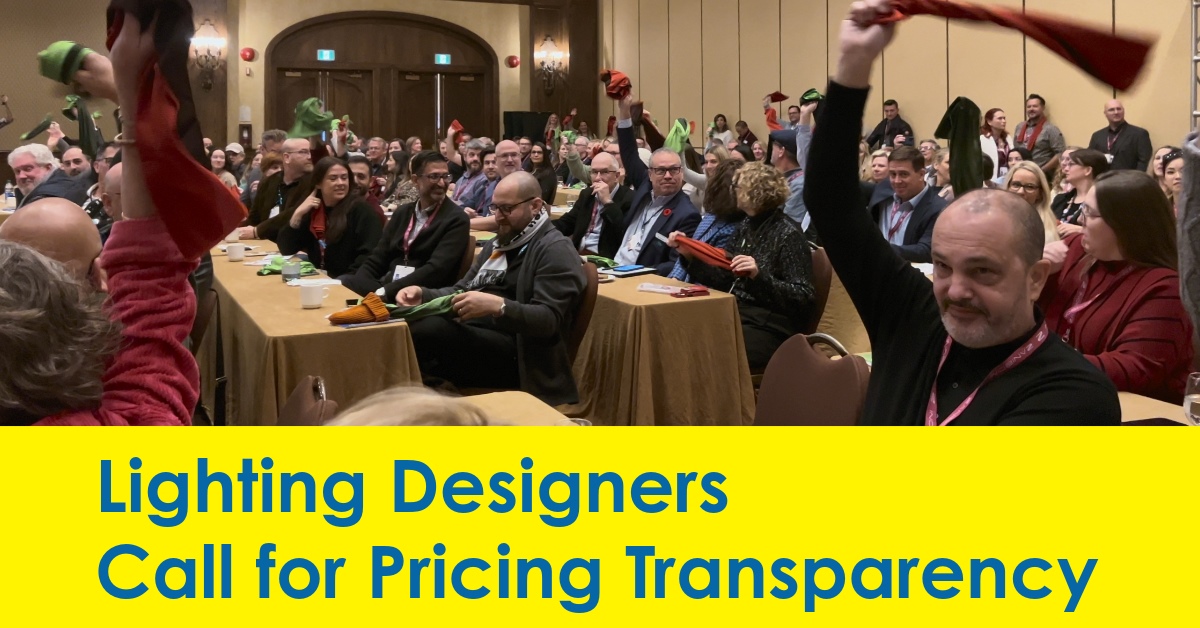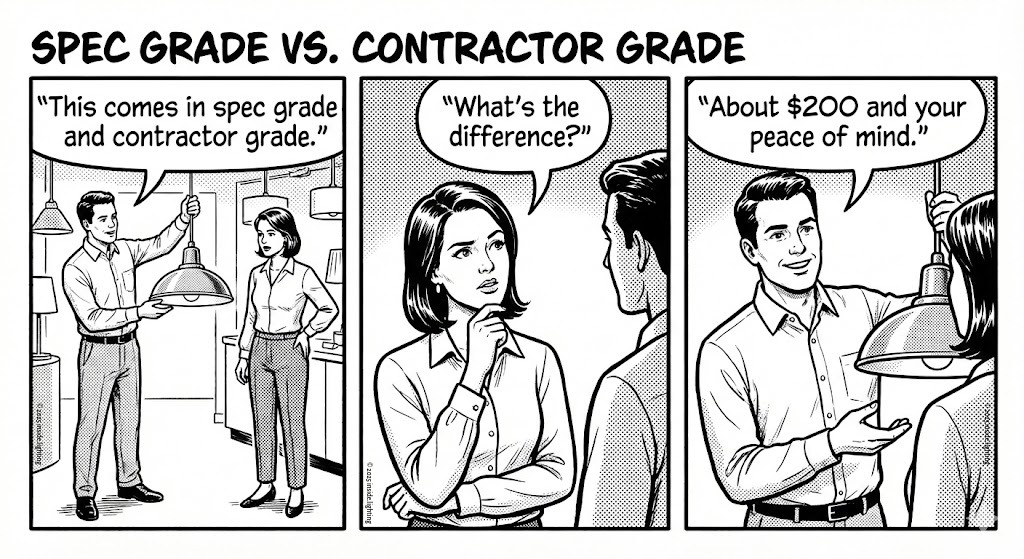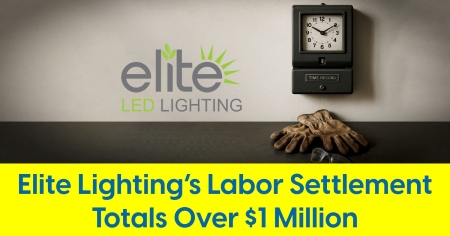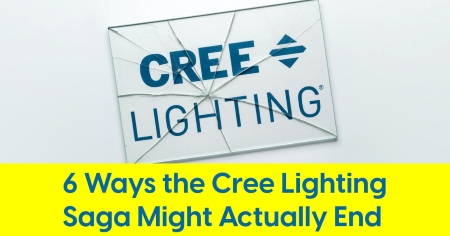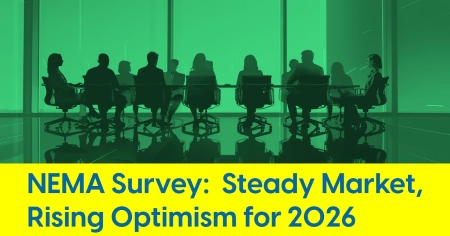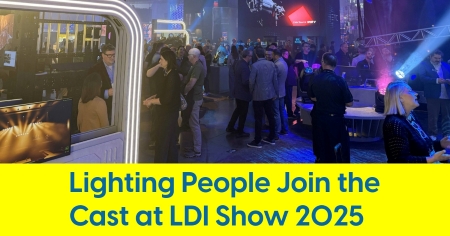November 6, 2023
Lighting Designers Call for Pricing Transparency
Packages, overage and opaque pricing: "The lack of sales channel transparency is debilitating and demoralizing."
BANFF, ALBERTA — As the sun peeked from behind the rugged peaks of the Canadian Rockies, an assembly that included some of architectural lighting design’s brightest professionals gathered for a discourse on the intricacies of their trade. The program, Achieving Focus: How Lighting Designers Can Successfully Navigate the Lighting Channel, promised to shine a light on the often-complex relationships among the myriad of stakeholders in lighting project execution.
This 90-minute session, one of the best attended sessions of IALD Enlighten Americas 2023, marked the third installment of a series that has ignited robust conversation within lighting design circles, evolving from an insightful webinar to a dynamic, in-person exchange at IALD Enlighten Americas 2022 in Palm Springs, California, to this year’s Enlighten Americas event in Banff.
The serene surroundings of the Canadian Rockies were a slight contrast to the passionate dialogue that unfolded within the conference space. Available Light’s Steven Rosen, the moderator, set the stage, reflecting on the buzz that the original two programs had sparked amongst professionals. "The response we received was quite remarkable," Rosen began, "and it led us to realize the need for a deeper, more inclusive conversation - a round three, if you will." Earlier discussions had focused on the communication between manufacturers and designers, but this time, the scope broadened to encompass numerous key players in the lighting project realm.
The focus of the discussion was not just on the challenges of the design process but also on the potential for synergy among lighting designers, manufacturers, sales agents, distributors, general contractors and electrical contractors among others. With industry professionals contributing to pre-event surveys and many in attendance, the stage was set for a comprehensive exploration of the project lifecycle, from conception to completion.
The three panel members - Alexis Arnoldi of Cline Bettridge Bernstein (CBB), Jimalee Beno of Focal Point Lighting, and Nancy Stathes of Specialty Lighting Industries - were poised to offer their seasoned perspectives. Each represented a vital facet of the industry, and together with Rosen’s guidance, they prepared to navigate through the complexities of project management, acknowledging the diversity in motivation and strategy among project stakeholders.
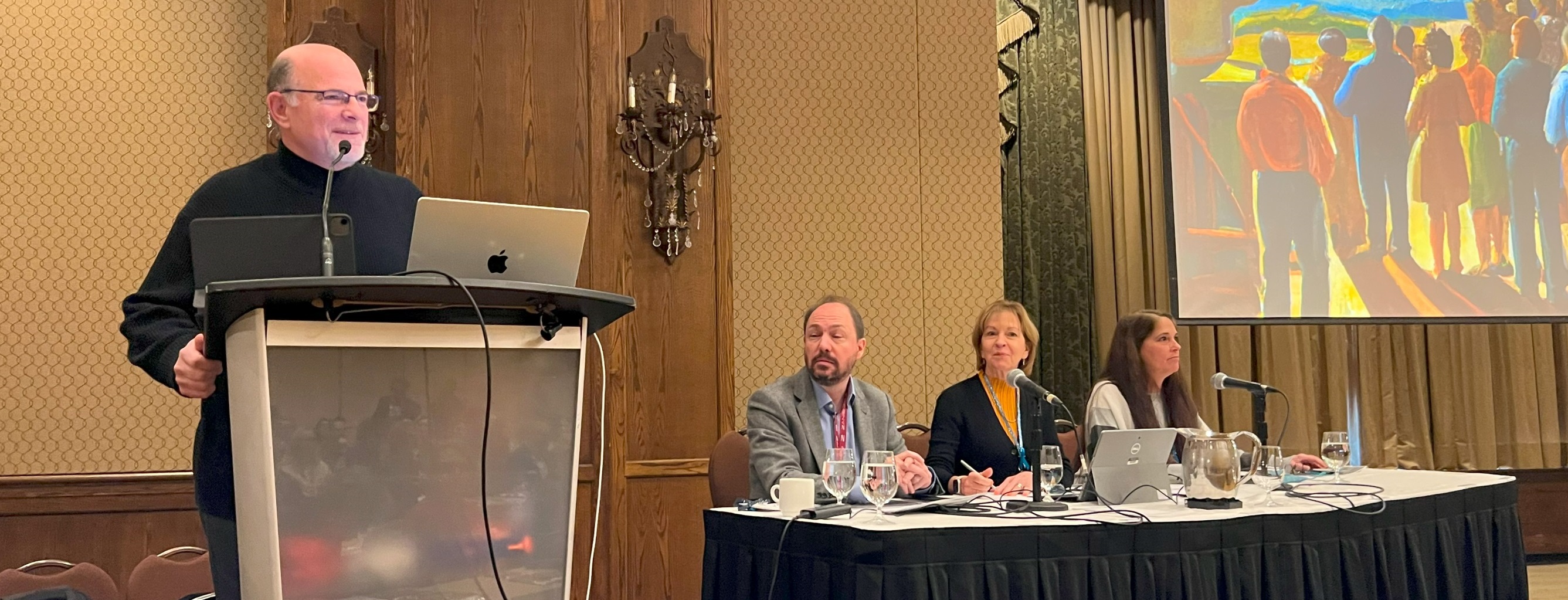
Above (L to R): Steven Rosen, Alexis Arnoldi, Jimalee Beno and Nancy Stathes.
Rosen drew an analogy that captured the essence of the collaborative challenge: "It's like a war strategy game," he said, articulating the underlying tension between common goals and individual objectives. Attendees were given flags and prompted to wave them to provide a group answer to various questions throughout the program. Many of the pre-prepared group questions did not pertain to pricing transparency.
“Lighting Mafia”
The moderator and panel presented the results of a survey from various stakeholders involved in lighting projects. The theme of the survey results and the session conversation centered on a range of topics, with pricing transparency emerging as a frequent topic.
The survey revealed industry professionals' dissatisfaction with the current state of sales channels related to lighting projects. Lighting designers expressed their discontent, noting, "The lack of sales channel transparency is debilitating and demoralizing." In a similar vein, general contractors voiced their frustration with the process, referring to it as "the 'lighting mafia' sales channel" and criticizing it as "frustrating, complex, and opaque."
Home Court Advantage
The discussion unfolded in what could be described as a “lighting designer friendly arena.” The plurality of conference attendees were architectural lighting design professionals, with the next largest segment of attendees coming from manufacturers of architectural lighting products who cater to them. This demographic breakdown naturally lent a certain home court advantage, as the conversations and sentiments expressed were comfortably aligned with the perspectives and experiences of lighting designers and those who directly serve their needs.
However, the atmosphere and perhaps the collective viewpoints would likely shift if the setting were different. For example, at a NECA Show or the NAED National Meeting, events teeming with electrical contractors and distributors, the prevailing opinions and the tone of dialogue on the intricacies of lighting projects would presumably favor those groups. The organizers exhibited an earnest effort to maintain balance by incorporating survey findings from a spectrum of lighting project stakeholders — though, notably, electrical contractors were absent from these results due to a lack of response to survey requests. This gap was felt as occasional general comments surfaced, hinting at a critical view of electrical contractors’ tactics.
Calls for Pricing Transparency
In the labyrinth of lighting projects, a lack of pricing transparency seems to cast shadows of uncertainty across certain parts of a project’s evolution. Alexis Arnoldi, a seasoned lighting designer with CBB, brought the audience to both reflection and laughter, stating about project stakeholders, “You might have a great relationship with 75%, 80% of the people – 90% of the people – but it only takes one jerk to screw everything up.” This sentiment resonated particularly when it came to the lack of transparent pricing within the sales channel. Arnoldi expressed mild exasperation: “And the sales channel: as everyone knows there's really a lack of transparency there, which can be very infuriating to everyone, especially when you're trying to defend your design to your client.”
This sentiment was shared by Jill Klores, a Partner of Essential Light Design Studio, who addressed the difficulty of justifying specifications when the sales channel had "obfuscated the pricing." She detailed the struggle of intelligently defending specifications in pricing discussions when not fully confident in the figures being presented.
From the manufacturer's perspective, Nancy Stathes, President of Specialty Lighting Industries, echoed the call for clarity. “The manufacturers want to see the vision come to life, and they want to support that. So that we share in common, as well as transparency in pricing…it should not be this wild, wild west game. And so we can provide that transparency, because we are we're in it with you. And that's really, really important.” However, Stathes also addressed a contentious point related to sales reps and their pricing strategies, underlining an industry ethos, “And just to speak up for pricing transparency, there, we have a contract, they do not have the contractual right to price gouge, just because it's a one name spec.”
The discussion took another turn as one lighting designer attending the session vocalized a challenge that struck a chord with many peers. He highlighted the frustration of price ambiguity when interacting with manufacturers and their representatives, lamenting the lack of consistency in pricing across different regions. “I think one of the real challenges with the price transparency issue is that when manufacturers come to see us, and they present a product and I say, what is this product selling for? They then look to the sales rep to say, ‘Please provide that information.’ And that means I know that that answer is different in every city.”
The topic expanded to include insights from Paul Boken, a longtime Toronto lighting designer turned SaaS entrepreneur. Boken advocated for a cultural shift towards open communication, while also hinting that lighting designers need to be part of the transparency discussion: "There are ways that project stakeholders can communicate more freely and more openly with full transparency, even though it makes us uncomfortable, because I think a lot of people don't do that. And lighting designers specifically are usually pretty cagey about the information, too. So I think all of us need to be more open with it. I think it would solve a lot of the problems we're having."
On Overage
The conversation took a very direct turn when Shoshanna Segal, a New York lighting designer and a Principal of Hartranft Lighting Design, pointedly questioned the manufacturers present about their stance on overage – the industry term for additional costs added to a project by a lighting agent. “How many of you explicitly preclude overage in your rep contracts? Because if you don't, then the DN (distributor net) discussion is moot." The query was met with pockets of applause from some attendees, and no manufacturer people in attendance raised their hands — or flags — in response to the question. Moderator Steven Rosen, maintaining the session’s rule to avoid conversation of confidential pricing policy, smoothly transitioned to the next agenda item.
Later, another designer attendee acknowledged overage, and seemingly accepted the notion in certain circumstances. He emphasized the importance of pre-negotiating projects with lighting representative agencies to align on budget expectations. He acknowledged that representatives may add an overage to the project cost, which could be justified by the additional value they provide. He also mentioned the necessity of understanding the Robinson-Patman and Clayton Acts, which are U.S. laws relevant to price packaging at both the agency and manufacturing levels.
Moving Forward
This gathering at IALD Enlighten Americas 2023 highlighted a prevalent and pressing concern amongst lighting designers: the pursuit of pricing transparency in an industry often shrouded in secrecy. The dialogue in Banff went beyond mere conversation; it was a call for straightforwardness and change across all sectors that impact specified lighting projects.
Each voice that rose during the session, whether in frustration, solidarity, or hope, echoed a collective yearning for a more transparent and equitable interactions. The anecdotes and perspectives shared painted a picture that the path forward is less about individual struggle and more about collective action.
As we look ahead, there is a possibility that the insights shared at this gathering may dissipate like the mist over the Canadian Rockies, but it’s also possible that certain initiatives may crystalize into actionable strategies that hold every stakeholder accountable. The manufacturers, designers, sales reps, contractors, distributors and all other industry players must commit to the standards of transparency, otherwise similar conversations may be taking place at future Enlighten Americas conferences many years from now.
